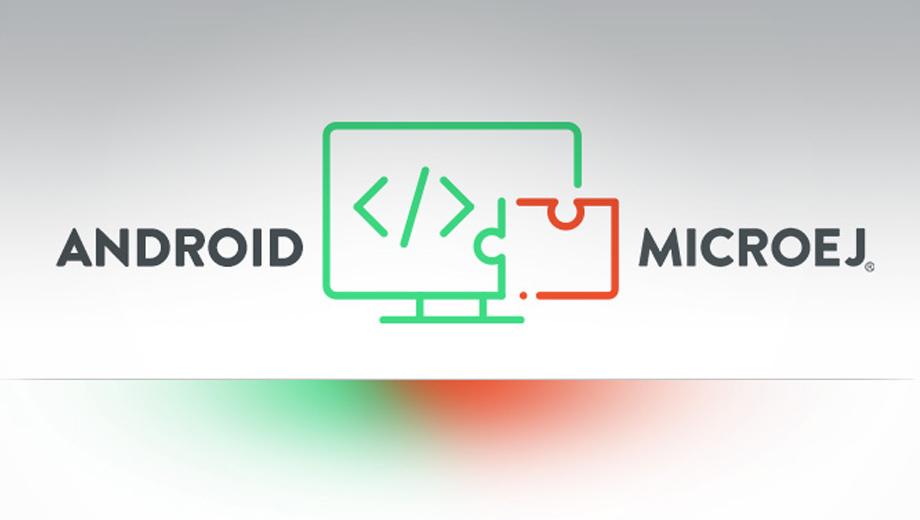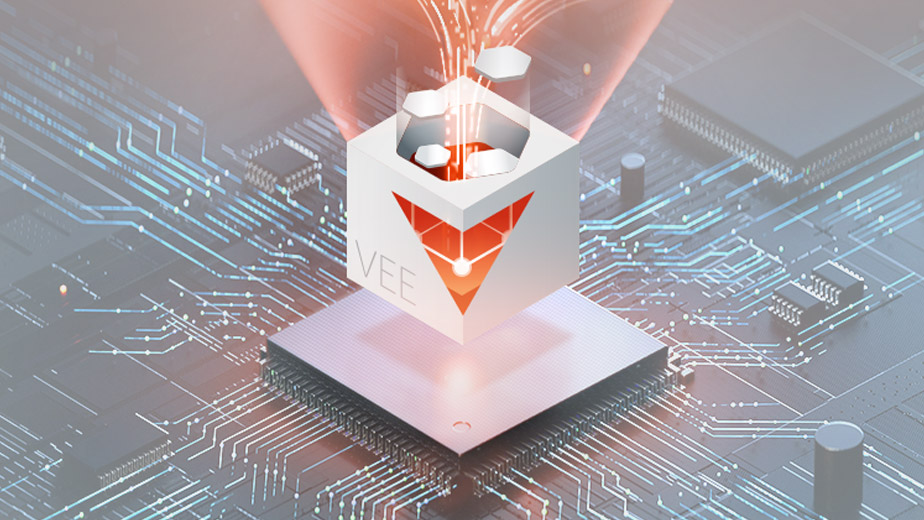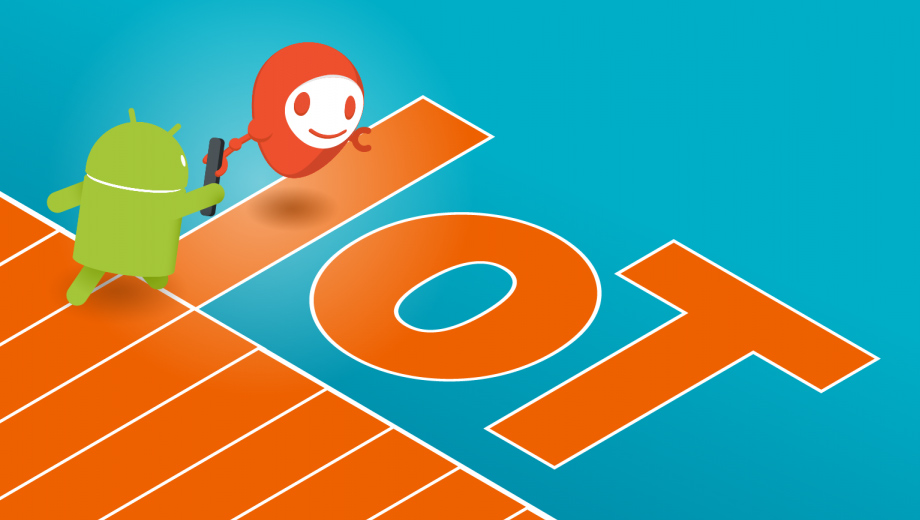What Was Android Things?
When Google introduced Android Things in 2015, it seemed like a game-changer for the Internet of Things (IoT) industry. The vision was clear: bring the power and familiarity of Android development tools (Java, Kotlin, Android Studio) to IoT devices, making it easier for manufacturers to create connected products.
For developers, it sounded perfect—a managed, secure, and scalable OS that simplified IoT development while leveraging the massive Android ecosystem. Google even promised seamless cloud integration and automated updates, much like its approach to Android smartphones.
But just a few years later, the excitement faded. By 2021, Google announced the end of Android Things, and by January 2022, the platform was officially shut down.
So, what went wrong? And more importantly, what’s the best alternative for IoT manufacturers today?
What Was the Promise of Android Things?
Android Things was designed as an application platform for IoT, offering a standardized environment for developing, deploying, and updating apps—just like on smartphones. It leveraged Android’s familiar ecosystem, allowing developers to use tools like Android Studio and technologies like Java languageand Kotlin to create IoT applications more efficiently.
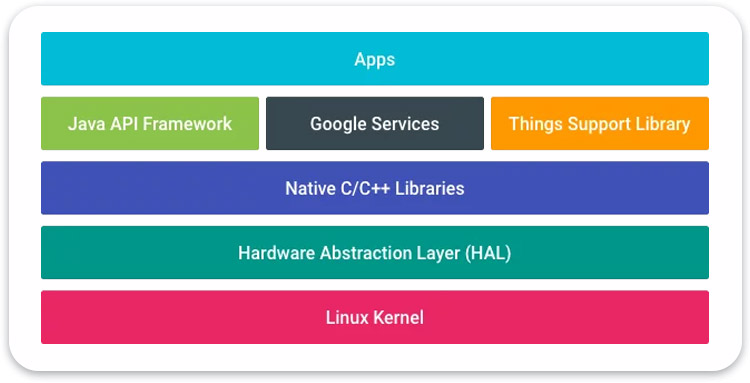
Figure 1: Android Things SDK architecture (Source: LeMaRiva)
A key advantage was its separation between application development and low-level software, enabling developers to interact with hardware peripherals using high-level APIs without deep embedded expertise. Google also promised robust security and scalability, managing over-the-air (OTA) updates to ensure consistency and long-term support.
By combining a flexible app platform, strong security, and easy cloud connectivity, Android Things aimed to bridge the gap between embedded systems and modern software development.
Why Was Android Things Discontinued?
Despite its promising start, Android Things never gained the momentum Google hoped for. Here’s why it failed to take off:
It Was Overkill for Most IoT Devices
Most IoT products—smart sensors, wearables, home automation devices—are designed to run on low-power, low-cost microcontrollers (MCUs). But Android Things was built for more powerful hardware, requiring higher RAM, storage, and processing power.
As Gary Sims, noted on Android Authority, booting Android Things on a Raspberry Pi 3 took up to 90 seconds, an unacceptably long time for IoT devices, often leading users to think something was broken. This made Android Things feel more suited for mobile devices rather than lightweight microcontroller-based systems.
Moreover, Android compatibility came at a cost—its system requirements were much higher than alternatives like mbed OS. Does a smart thermostat or refrigerator really need a quad-core processor and 512MB of RAM?
This created a major cost barrier for manufacturers. Why run a full Android OS when your device only needs to collect and transmit simple data?
Google Narrowed Its Focus—And Killed Its Own Momentum
Android Things was originally envisioned as a universal IoT platform, spanning everything from smart cameras to industrial automation. However, in 2019, Google abruptly restricted it to smart displays and speakers, effectively sidelining developers outside that niche.
This shift signaled a lack of long-term commitment to the broader IoT industry. As Brandon Russell (XDA Developers) noted, Google initially took a structured approach—ensuring OEMs couldn’t modify the OS and promising centralized updates every three years. But with low adoption and waning interest, Google quickly moved on, leaving Android Things behind.
Limited Hardware Support Frustrated Manufacturers
Unlike open platforms like Embedded Linux, Zephyr, MicroEJ, or FreeRTOS, Android Things was locked into specific chipsets from a small handful of vendors (such as Qualcomm and NXP).
For manufacturers looking for flexibility, this was a deal-breaker. Most companies want freedom to choose their hardware, not be forced into a narrow set of options.
Lack of a Sustainable Business Model
For Android Things to succeed, Google needed to create a strong developer ecosystem and establish a clear monetization strategy. It did neither.
- There was no incentive for manufacturers to adopt Android Things.
- No app marketplace was developed to drive software innovation.
- No long-term vision meant IoT companies didn’t trust its future.
In the end, Google’s business priorities shifted elsewhere, and the project was left behind.
Google’s History of Abandoning Projects
Google has a track record of discontinuing projects (e.g., Google+, Stadia, Google Glass). Android Things became another casualty, further damaging trust among developers.



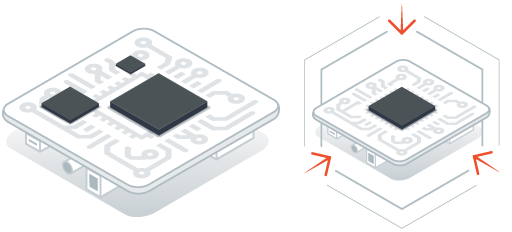 Unlike Android Things, MicroEJ runs on tiny microcontrollers (MCUs) with as little as 256KB of RAM. This means:
Unlike Android Things, MicroEJ runs on tiny microcontrollers (MCUs) with as little as 256KB of RAM. This means: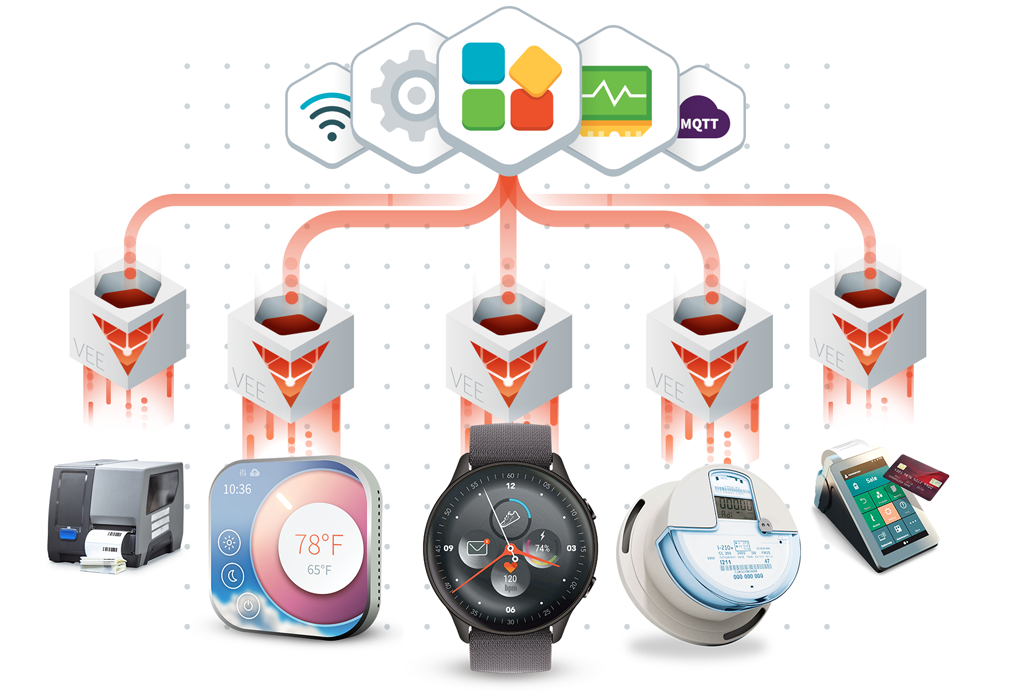 MicroEJ runs on both microcontrollers (MCUs) and microprocessors (MPUs), making it ideal for
MicroEJ runs on both microcontrollers (MCUs) and microprocessors (MPUs), making it ideal for 
